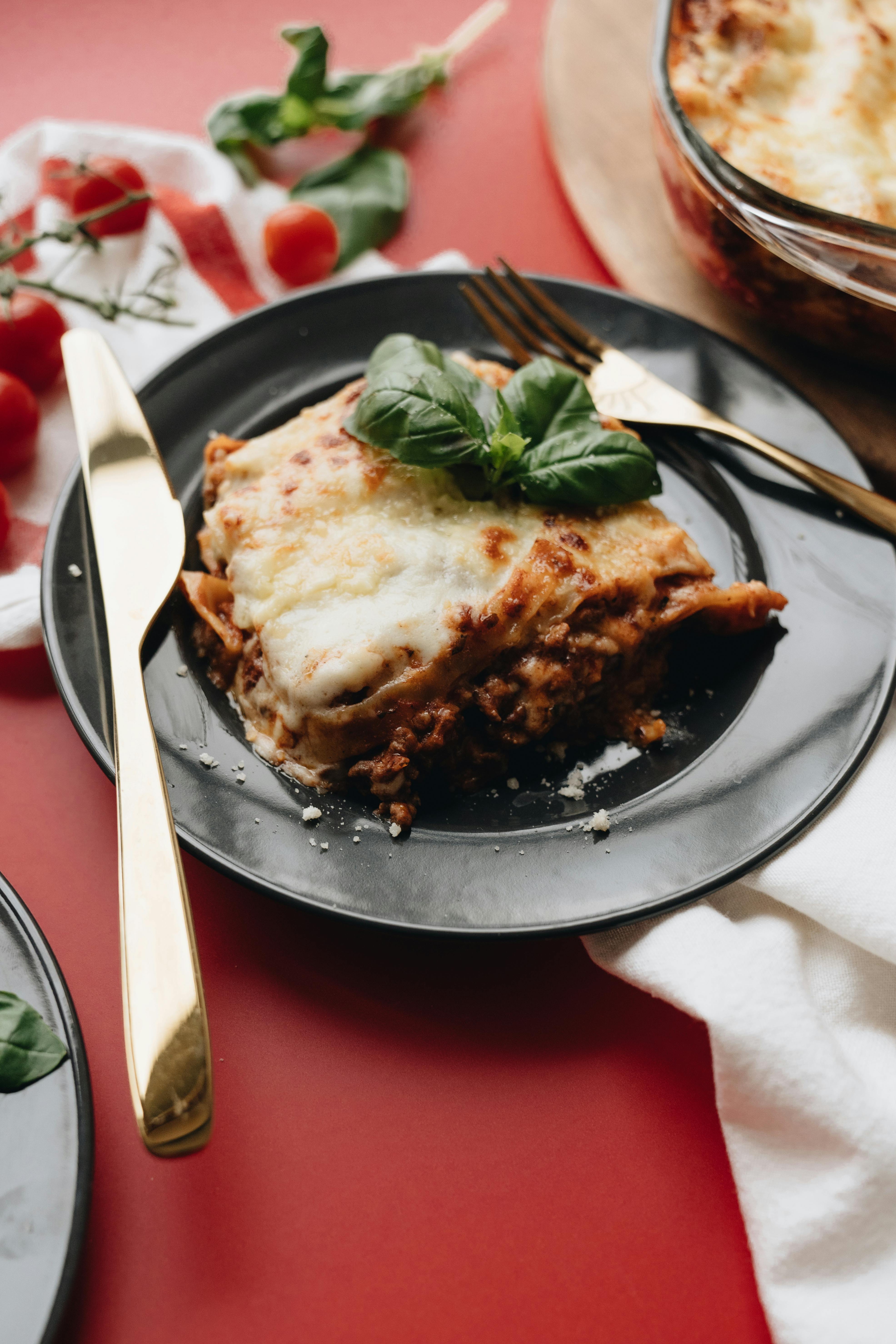How to Properly Cut Glass Bottles: Practical Methods for Beginners in 2025
Cutting glass bottles can be a rewarding DIY project, allowing you to unleash your creativity while contributing to eco-friendly practices. Whether you're interested in creating decorative items, gardening planters, or functional home decor, understanding **how to cut glass bottles** effectively is essential. In this guide, we'll explore various techniques, safety measures, and tools needed for cutting glass bottles, ensuring you have a comprehensive understanding to embark on your glass crafting journey.

Preparing Bottles for Cutting
Before diving into the glass cutting process, proper preparation of your bottles is crucial. Start by selecting the right **glass bottles for crafting**. Clean any labels off the bottles, as residue can interfere with cutting. You can easily remove labels using a combination of hot water and soap or vinegar. Once cleaned, inspect each bottle for cracks or weak spots, as these can lead to accidents while cutting. This preparatory phase ensures that your glass bottle cutting remains safe and efficient.
Checking for Cracks Before Cutting
It's paramount to check for cracks or imperfections in your glass bottles prior to attempting any cutting techniques. Applying pressure to a bottle with hidden cracks can cause it to shatter unexpectedly. To ensure a successful cut, hold the bottle up to a light source. This will help reveal any flaws. If you find cracks, opt for a different bottle to avoid any safety hazards.
Cleaning Bottles for Crafts
Effective cleaning is an essential step in preparing your bottles for cutting. Start by soaking them in warm, soapy water for about 30 minutes. After soaking, use a scraper or sponge to remove any adhesive residue from labels. Rinse the bottles thoroughly and let them dry completely. A clean surface ensures that scoring and cutting are precise, leading to better overall results in your **DIY glass bottle crafts**.
Techniques for Cutting Glass Bottles
There are several methods and tools available for **cutting glass bottles** successfully. Each technique caters to different levels of complexity and ease of use, making it accessible for both beginners and seasoned crafters. In this section, we'll cover the most popular techniques.
Using a Glass Cutter
One of the most common methods for cutting glass bottles is by utilizing a **glass cutter**. This tool is designed specifically for scoring the glass, which weakens it so that it can be snapped cleanly. To start, score the bottle in a straight line while applying consistent pressure, but may vary depending on the thickness of the glass. After scoring, you can place the bottle under cold water, followed by heat to create thermal shock, which helps separate the glass along the scored line. Implementing this method allows for a clean and accurate cut, ideal for making **drinking glasses from bottles**.
Cutting Bottles Without a Cutter
If you don't have a glass cutter on hand, there are alternative methods to **cut bottles without a cutter**. One popular technique involves using a fine, serrated saw designed for glass, such as a **tile saw**. The saw helps navigate intricate bottle shapes and provides more control over the cut. Additionally, using a jig can help achieve even cuts. This method requires a steady hand and patience, but it can yield excellent results if done right.
Safety Tips for Cutting Glass Bottles
Safety should always be your top priority when engaging in glass cutting projects. Understanding **safety tips for cutting glass** can help minimize risks and ensure a secure crafting experience. Here are some vital precautions to keep in mind.
Wear Appropriate Safety Gear
Protective gear is a must when cutting glass bottles. Always wear safety goggles to shield your eyes from sharp glass shards, and it is advisable to use gloves to prevent cuts on your hands. An apron can also be beneficial in keeping your clothing free from glass dust and debris. This simple step significantly decreases your risk of injury while handling glass materials.
Storing Cut Bottles Safely
After cutting your bottles, ensure they are stored safely until you're ready to use or craft with them. Place cut bottles in a padded box lined with cloth or newspaper to minimize the risk of breaking further. This storage method can protect freshly cut edges and shields you from residual injuries from sharp glass edges. It's vital to maintain a clean workstation to avoid accidental injuries from misplaced tools or glass scraps.
Creative Glass Bottle Uses
Once you've successfully cut your glass bottles, there are countless creative uses for them. Unleashing your imagination with **glass bottle craft projects** can yield beautiful results. Below are a few creative ideas that are perfect for those looking to transform their glass-cutting ventures into finished products!
Glass Bottle Lanterns
Transforming your cut bottles into lanterns is a great way to showcase your newly acquired skills. A simple method involves inserting LED tea lights into the cut bottles, creating enchanting illuminations for outdoor gatherings or home decor. You can paint or decorate the outside of your glass bottles as well for an added personal touch. Not only do these lanterns add ambiance, but they also convey a unique, artisanal approach to lighting designs.
Glass Bottle Planters
Using cut glass bottles for planter ideas is an excellent way to contribute to eco-friendly gardening while also using artistic flair. Simply fill the bottom of the bottle with soil, place small plants or succulents inside, and attach a decorative base. These planters not only serve a substantial purpose but also make for stunning visual displays in homes or gardens. Additionally, they can facilitate good drainage by allowing excess water to escape, ensuring your plants flourish in their new glass homes.
Conclusion
Learning **how to cut glass bottles** can open doors to numerous creative and practical projects. From developing decorative crafts to implementing sustainable practices through glass upcycling, the skills acquired through this project will serve you in various DIY endeavors. Remember to prioritize safety, hone your technique, and take your time, refining your craftsmanship over time. Now equipped with this knowledge, you're ready to dive into your glass crafting adventure, transforming those ordinary bottles into extraordinary art pieces!
Key Takeaways
- Always prepare and clean bottles before cutting to ensure a successful outcome.
- Different techniques exist for cutting glass bottles, including glass cutters and saws.
- Wear safety gear to protect yourself from potential injuries associated with glass cutting.
- Experiment with creative uses for cut bottles, such as lanterns and planters.
- Your skills in cutting and repurposing glass can lead to beautiful, eco-friendly projects.
FAQ
1. What are the common mistakes when cutting glass bottles?
A common mistake includes not checking for cracks before cutting. Additionally, using excessive pressure while scoring can lead to uneven cuts. Always ensure your chosen method is suitable for the specific glass type you are working with to achieve better results.
2. What's the best way to polish cut edges of glass?
To polish cut edges, you can use sandpaper or a grinding tool specifically designed for glass. Start with a coarse grit, gradually progressing to a finer grit to achieve a smooth finish. Make sure to wear safety gear during this process to avoid cuts.
3. Can I cut thick glass bottles easily?
Cutting thick glass bottles requires specialized tools such as a diamond-tipped glass cutter or a lapidary saw. It’s essential to work slowly and steadily, ensuring consistent pressure during the scoring process for the best results.
4. What types of projects can I create with cut glass bottles?
There are various projects you can undertake, including creating decorative lanterns, planters, candle holders, or even drinking glasses. The versatility of cut glass allows for limitless creativity in your crafting endeavors.
5. How do I remove labels from glass bottles?
Remove labels from glass bottles by soaking them in hot, soapy water for about 30 minutes. You can also use a mixture of vinegar and baking soda, as this combination helps lift adhesive residue effectively.
